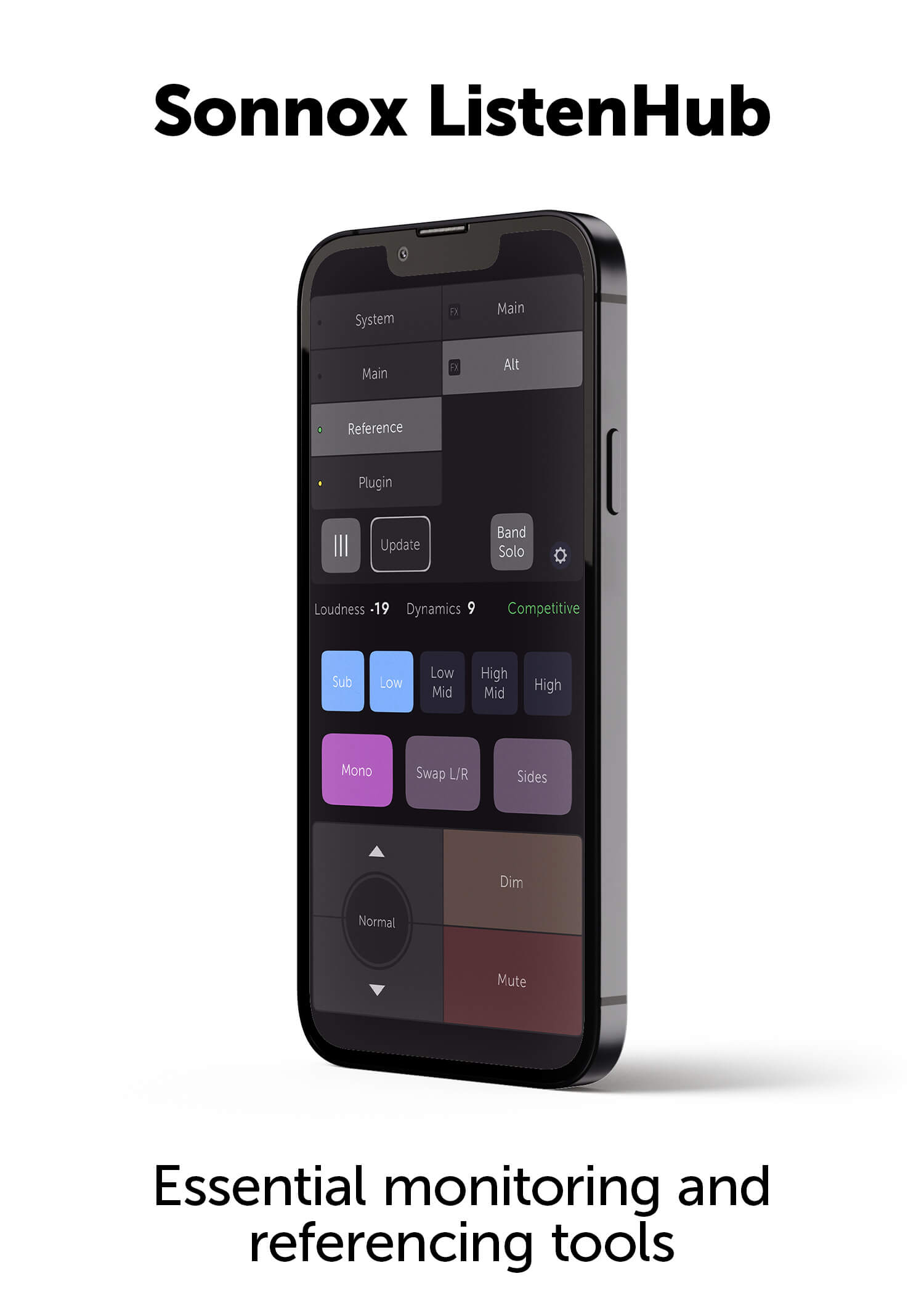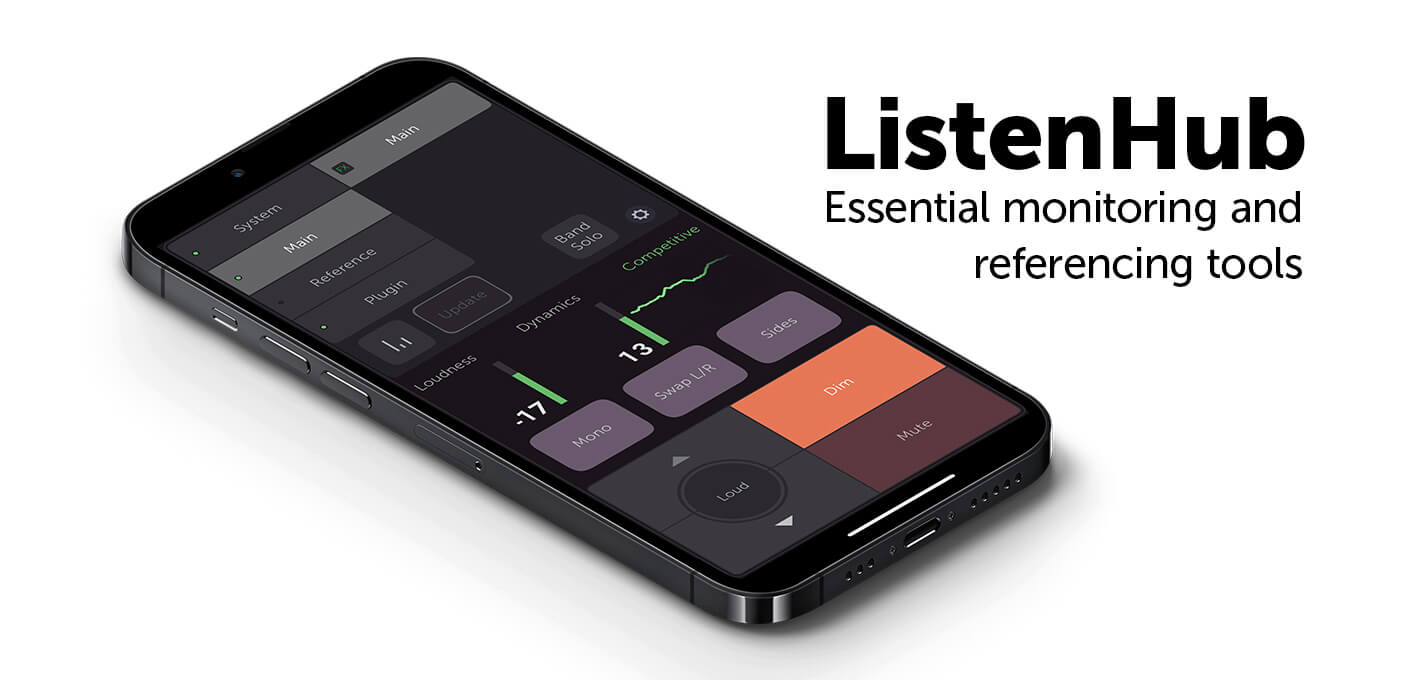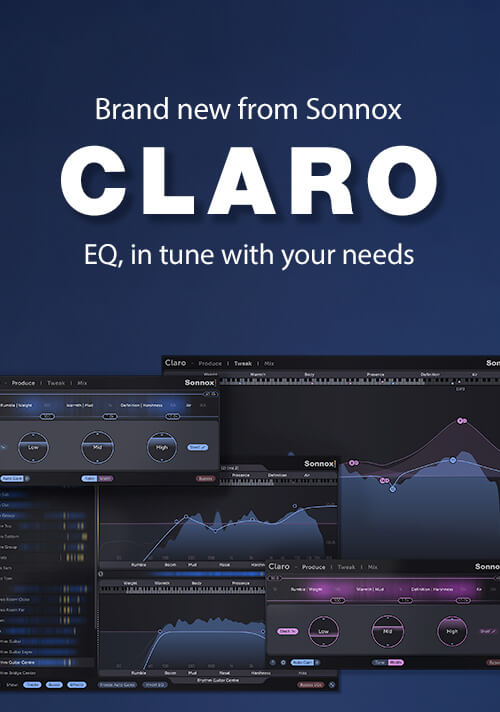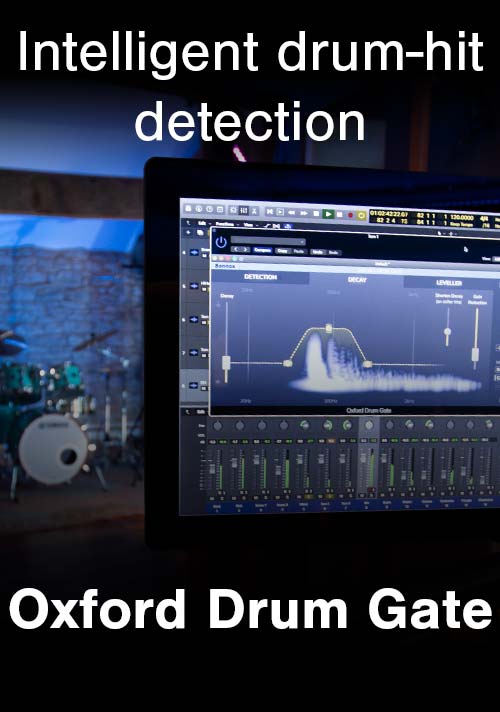Count
Envolution - Game Changer

Producer, engineer, mixer, remixer Mikael Eldridge, also known as ‘Count’, truly does things his way. Following his instincts for ‘what’s next’ has led him to work with artists ranging from Radiohead, No Doubt, DJ Shadow, Galactic and The Rolling Stones, as well as a recent Grammy-winning effort with the legendary Mavis Staples. We caught up with him in his home studio in northern California to talk gear.
How did you learn about Sonnox?
Actually, I was so early in the plug-in game, that I actually ‘collected’ them. That was my thing. Initially, it was out of necessity, because of the space and money involved in having vintage analogue gear. There was a time where I had almost every plug-in, even more than I needed. In the old days, plug-ins weren’t what they are today. I was constantly having to layer things together in small amounts to get the results I wanted. Even then, I knew that there was a lot of room for improvement.
I stumbled upon the Sony plug-ins, which later became Sonnox, and decided once to see what the best limiter was. At one point we had a bunch of people in the studio and I had everyone close their eyes to test which one sounded best. On that test, the Sonnox Limiter (True Peak Limiter Plugin) definitely sounded the best. From there, I started realizing how great the rest of their plug-ins were. I started using their stuff, and most recently, what’s taken it up to a whole new level is the new Envolution plug-in.
Tell us about how you use Envolution.
When I tried it, I realized that using it even in a straightforward way, that this sounds way more natural than the way that most people are using things like gates. For years, I would go through a lot of extra steps, and spend a lot of extra time and trouble in Pro Tools, to make things that were gated sound more natural. The attacks, decays and so on just weren’t natural enough for me as things would pop up that shouldn’t, etc.
Certain transient plug-ins also didn’t deliver exactly what I needed. The idea of dealing with the attack and decay, especially on drums, became a multi-step process. Then I’d have to layer more things after that. I used Envolution and it was a game changer. I now have one plug-in that removes all of those steps.
How do you use it?
I use it in a lot of different ways. Many people may say that they already have a transient plug-in, which may be fine. But it probably doesn’t sound natural and also cannot do what Envolution can do. It does something different.
I sometimes use Envolution as a replacement for a gate, to just get rid of the unnecessary decay on things. I can use it in a straightforward way that eliminates the need for a gate in most cases, sounds more natural and better than a gate, but also, it does something that a gate can’t do.
How about a specific example of that?
Take an 808 kick drum for example - this is something that I’ve had problems with for years. With a hip-hop or an electronic artist, we’ll have a great sounding track and there’s some boomy 808 kick that comes in and it just lasts too long. It has too long a decay, and I have to go in and manually replace it, because if I were to try to gate it off, it sounds unnatural and you get that gate ‘chatter’.
With Envolution, I can just truncate off the decay in a natural way. It’s a long-term problem that I now have a very easy solution for. It kills a lot of birds with one stone. It can act as a replacement for a traditional gate, it can do things that a gate can never do, like truncate off a boomy 808 sub-kick sound. But then you can take it another step forward and really sculpt the transients and attacks. On top of that, its frequency-dependent.
How else do you use it?
Most of the time, people think of these transient plug-ins as a way to bring up attack, but I find myself these days being equally sensitive to taking away the attack of things. A perfect example for me is that especially in a dense mix, one of the trickiest things can be an acoustic guitar. It can add an amazing flavour to a mix, but getting it to sit in there can be very difficult.
This is especially true these days when people are sending me tracks to mix that they’ve maybe recorded themselves. Too often with close-mic'ed acoustic parts, the track has a lot of pick attack which sounds plucky and unnatural, not like someone strumming a guitar in a room. One of the things that makes it poke out is that attack. A lot of people try to over-compress acoustic guitars which makes the attack even worse, depending on what compressor you are using.
What you really want to do is soften the attacks, not screw up the dynamics. Envolution is the perfect way to just take the edge off those attacks and make the acoustic sit in the mix just right. You can also deal with it only in the high frequencies if you want, without messing up the mids or the lower-mids. It’s truly an amazing tool.
Interview and editorial by Rich Tozzoli




